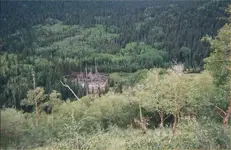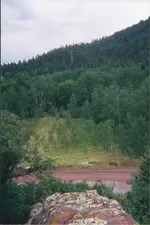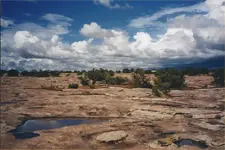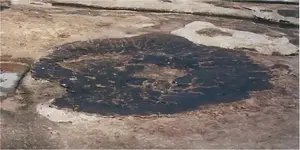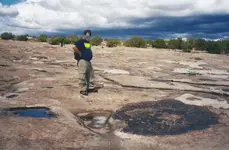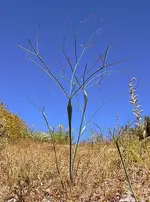Ragnor
Sr. Member
- Joined
- Dec 7, 2015
- Messages
- 445
- Reaction score
- 423
- Golden Thread
- 0
- Primary Interest:
- All Treasure Hunting
And I say that with all due respect. I am an aspiring codger myself.
On the subject of secondary enrichment. I have read the thin little paperback pamphlet and other things online since and I understand most of the practice and theory of finding collapsed gold veins (pocket gold). However there is a part that has very few details given. There is mention of how in places with lots of brush and dirt when no visible float was present(There is a story of 9? dutchmen in california I believe). Old veins could be located by observing changes in undergrowth. Though it never really says what those changes are. One old man told me to look for discolored plants and I understand that to some extent.
But, can anyone maybe be more specific? In a pumice field covered by thin top soil of ash and duff, thick with ferns (the kind people eat) and sallal and some mountain huckleberry. what kind of changes would I actually be looking for?
Does anyone know that old information who is willing to share it?
I understand sampling patterns, I just don't know exactly what to look for in the changes in the underbrush.
On the subject of secondary enrichment. I have read the thin little paperback pamphlet and other things online since and I understand most of the practice and theory of finding collapsed gold veins (pocket gold). However there is a part that has very few details given. There is mention of how in places with lots of brush and dirt when no visible float was present(There is a story of 9? dutchmen in california I believe). Old veins could be located by observing changes in undergrowth. Though it never really says what those changes are. One old man told me to look for discolored plants and I understand that to some extent.
But, can anyone maybe be more specific? In a pumice field covered by thin top soil of ash and duff, thick with ferns (the kind people eat) and sallal and some mountain huckleberry. what kind of changes would I actually be looking for?
Does anyone know that old information who is willing to share it?
I understand sampling patterns, I just don't know exactly what to look for in the changes in the underbrush.
Upvote
0





 Victoria Australia comes to mind as an area that has very distinct plant/gold relations that I have seen first hand. A tree called Ironwood is known to be one such strong indicator. It is found in areas of high mineralization and driving bush prospectors look for the tree and often there are workings among them. When I first detected around Dunnoly I eventually hired a trainer and he pointed out this tree and several other indicators for good prospects in the area's we visited.
Victoria Australia comes to mind as an area that has very distinct plant/gold relations that I have seen first hand. A tree called Ironwood is known to be one such strong indicator. It is found in areas of high mineralization and driving bush prospectors look for the tree and often there are workings among them. When I first detected around Dunnoly I eventually hired a trainer and he pointed out this tree and several other indicators for good prospects in the area's we visited.